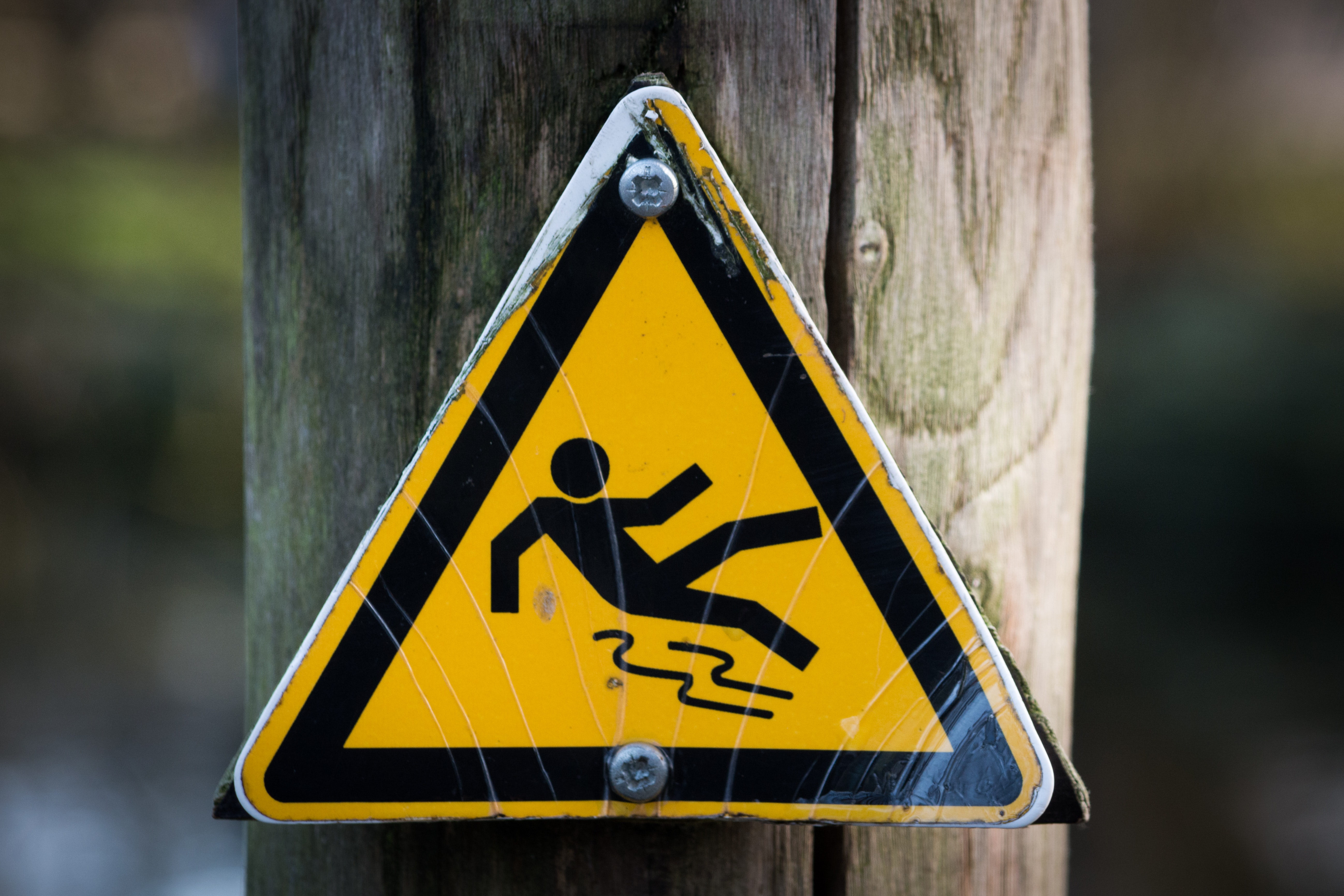In owning property, it is almost an inevitability that you will host visitors, whether they be invitees, licensees, and trespassers. In the event that someone on your property is injured, premises liability is the risk that you take on. It is adjusted by the status of the visitor in question and their reason for entering the property in the first place.

Premises liability cases cover all manner of negligence including but not limited to:
- Slip and Fall cases
- Dog bites
- Lack of maintenance of the property
- Inadequate security leading to physical harm
- Elevator and escalator accidents
- Fires
- Swimming pool accidents
Falls in particular are the leading cause of non-fatal injuries that require medical treatment in the United States.
Managing Liability Exposure
The first step in limiting your risk is to determine your exposure. Depending on your position related to the premises, you assume a different level of responsibility for the people who visit. This changes if you are a homeowner who invited someone over, a shop owner that presents risks to your customers, or you manage a property that is heavily trafficked.
Some of the ways you can manage your exposure is through risk avoidance, risk reduction, risk retention, and risk transfer. Risk avoidance involves preventing risky behavior altogether, but this is not always an option if people frequent your property often. Risk reduction includes taking steps to improve your overall risk level. This can take the form of inspections or personnel hiring and training, such as maintenance workers and security guards. Risk retention sees the owner shouldering the risk and isn’t usually advisable unless the overall risk level is particularly low or the cost of utilizing another method is unreasonably high.
Risk Transfer
The final method is risk transfer. Risk transfer is a management strategy that involves shifting risk through the form of contracts. The most common form of this comes in the form of an insurance policy. This transfers the risk from the owner of the policy to the insurer. This also includes hold-harmless, or indemnification, clauses included in the legal documents with contractors or in waivers signed by visitors. These contracts shift some amount of the liability onto the signee. The goal is to transfer risk as equally as possible. This places the responsibility on whichever party is best able to control and insure the assumed risk.
Insurance
Insurance is the most basic form of risk transfer, in which the insured pays a certain level of premium to an insurance company in order to transfer financial risk to them. The level of coverage purchased by the insured, along with other financial agreements such as retentions and deductibles, determine the exact amount of security the insurance company provides. The potential exposure depends on a variety of factors including the status of and duty-owed to each party, comparative or contributory negligence, and the level of damages.
This is why determining exposure is such an important step. Understanding your level of risk, allows you to purchase a policy that will adequately cover the potential losses.
Certificates of Insurance
In situations that call for contracted third-parties, certificates of insurance come into play. These are documents that prove that a contractor has some level of coverage to cover the risks during their service. It is a form that includes all of the pertinent details of the insurance plan, so that a company can determine whether the contractor they are hiring has enough liability coverage and how much risk you might assume if a catastrophic accident should occur. This also applies to property owners who house tenants. Most renters require some basic level of renters or homeowners insurance.
Contracts

An incredibly thorough means of controlling risk transfer comes in the form of contract provisions. Contracts can be drafted to require specific coverages and indemnification clauses, as well as add additional insureds to ensure that the appropriate level of risk transfer is achieved. Indemnification clauses allow you to be compensated at a certain amount for your monetary loss, depending on the level of risk transfer included in the contract.
Contracts are useful for explicitly stating the responsibilities of each party to work toward preventing miscommunication and unnecessary litigation in the event of an incident.
———
For more information on handling general liability claims, please contact Frank Feldman at ffeldman@johnseastern.com or at 877-879-9200.




